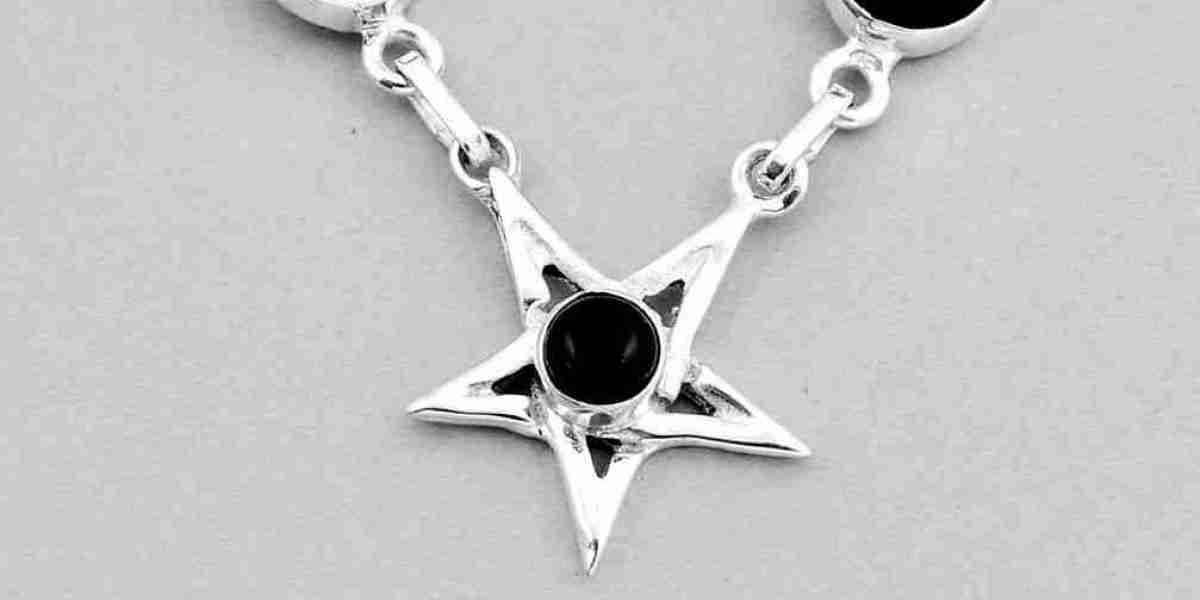The Importance of Sun-Protective PMU Lotions in the Beauty Industry
In the ever-evolving beauty industry, the significance of sun-protective PMU (Permanent Makeup) lotions cannot be overstated. These specialized lotions are designed to safeguard the skin, particularly after PMU procedures, from the harmful effects of ultraviolet (UV) radiation. As the demand for PMU services continues to rise globally, understanding the critical role of sun-protective lotions becomes essential for both practitioners and clients.

Why Sun Protection is Crucial After PMU Procedures
Permanent makeup procedures, such as microblading and lip tinting, involve implanting pigments into the skin. Post-procedure, the skin is in a vulnerable state, making it more susceptible to UV damage. Exposure to the sun can lead to premature fading of the pigments, uneven healing, and even skin irritation. Sun-protective PMU lotions provide a barrier that helps maintain the integrity of the pigments while promoting optimal healing.
Benefits of Using Sun-Protective PMU Lotions
Utilizing sun-protective PMU lotions offers numerous benefits. Firstly, these lotions help in preserving the vibrancy and longevity of the pigments. For instance, a client who has undergone eyebrow microblading can expect the color to remain vivid for a longer duration when using a sun-protective lotion. Additionally, these lotions often contain soothing ingredients that aid in reducing inflammation and promoting faster recovery.
Moreover, sun-protective PMU lotions contribute to overall skin health. By shielding the skin from UV rays, they prevent sunburn, reduce the risk of skin cancer, and minimize the appearance of sunspots and wrinkles. This holistic approach to skincare ensures that clients not only achieve their desired aesthetic results but also maintain healthy skin in the long run.
Choosing the Right Sun-Protective PMU Lotion
When selecting a sun-protective PMU lotion, it is essential to consider several factors. Look for lotions with a broad-spectrum SPF (Sun Protection Factor) of at least 30, which offers protection against both UVA and UVB rays. Additionally, opt for products that are free from harsh chemicals and fragrances, as these can irritate the sensitive skin post-procedure.
Another important aspect is the formulation of the lotion. Lightweight, non-greasy formulas are ideal as they do not clog pores or interfere with the healing process. For example, a water-based lotion with added antioxidants can provide both sun protection and nourishment to the skin.
Integrating Sun-Protective PMU Lotions into Your Routine
Incorporating sun-protective PMU lotions into your daily skincare routine is straightforward. Apply the lotion generously to the treated area at least 15 minutes before sun exposure. Reapply every two hours, or more frequently if swimming or sweating. For optimal results, combine the use of sun-protective lotions with other sun safety measures, such as wearing wide-brimmed hats and seeking shade during peak sun hours.
For PMU practitioners, educating clients about the importance of sun protection is crucial. Providing aftercare instructions that emphasize the use of sun-protective lotions can significantly enhance the overall outcome of the procedure and ensure client satisfaction.
Conclusion
The importance of sun-protective pmu lotions in the beauty industry cannot be emphasized enough. These lotions play a pivotal role in safeguarding the skin, preserving the longevity of PMU results, and promoting overall skin health. By understanding and integrating sun-protective measures into post-PMU care, both practitioners and clients can achieve the best possible outcomes. As the beauty industry continues to innovate, the adoption of sun-protective PMU lotions will undoubtedly become a standard practice, ensuring that beauty and health go hand in hand.








